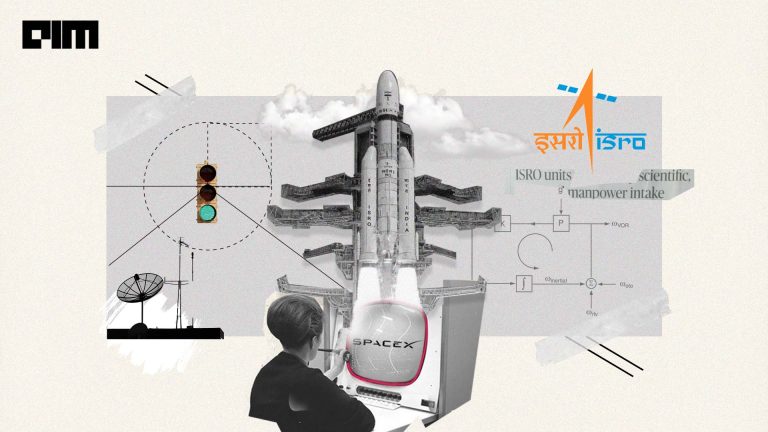India recently successfully launched its ASAT with the Mission Shakti and PM Narendra Modi was the one to announce it to the entire nation. It hasn’t been a long time but the satellite has already been causing trouble in space, with the amount of junk it is producing.
India’s ASAT Causing A Problem
NASA administrator Jim Bridenstine said on April 1 that India’s ASAT launched as a part of the Mission Shakti created 60 pieces of orbital debris big enough to track by NASA. 24 of these pieces rose higher than the orbit of the ISS around Earth, travelling through its orbital height.
As of last week, the agency, along with the Combined Space Operations Center, which is part of the US Strategic Command, had estimated that the risk to the ISS of small-debris impact had risen by 44% over a period of 10 days.
“But at the end of the day we need to be clear, with everybody in the world, we’re the only agency in the federal government that has human lives at stake here,” Bridenstine said. “And it is not acceptable for us to allow people to create orbital debris fields that put at risk our people.”
Although the event that the Astronauts are safe and, although unlikely, the ISS will be manoeuvred if needed to avoid the debris, which was a huge mistake that was committed. Also, the debris was low enough in Earth orbit and it will dissipate over time.
The Debris Problem
With a growing number of space satellites, we have created a huge load of space debris today.
If the space debris keeps on increasing at a pace that it is as today, we may not have space flights within 30 years. With this rise in space debris, the probability of the debris collision with a satellite will rise and the amount of debris in space will increase even more. According to ESA, with today’s rate of 70–90 launches a year, an increasing number of launches injecting 30 or more small satellites into orbit at once and assuming future break-ups will continue at mean historical rates of four to five per year, the number of objects in space is expected to increase steadily. This accumulation creates debris belts that render many orbits unusable and cause a serious threat to the satellites on board.
Measures Taken To Solve The Debris Problem
The first ever satellite to test possible solutions in cleaning up space debris is called RemoveDebris and it was launched by the SpaceX Dragon spacecraft, last year and deployed by the ISS. The 100-kg spacecraft attempts to capture simulated space debris using a net and a harpoon, also testing advanced cameras and radar systems.
The Russians have made a solution which is a satellite that would behave like an artificial star with a reflective sheet of material. The satellite is meant to test an aerodynamic braking system that will enable thrusterless de-orbiting of space objects, helping in clearing the orbit of debris.
ESA has also played an important role as efforts to solve this problem. Its Ariane rockets orbital stages have performed a controlled fuel venting and battery discharging. No explosive breakups have occurred for Ariane stages launched after 1997. In 2011, it had implemented a dedicated mission operations to effectively reduce the risks of collision and accidental break up by a large amount.
In 2018, ISS had deployed the NanoRacks-Remove Debris satellite into space from outside the Japanese Kibo laboratory module. This was a demonstration to map the location and speed of orbital debris that is a threat today.
Raytheon BBN Technologies (BBN) and the University of Michigan are studying the Space Debris Elimination (SpaDE) system to remove debris from orbit by firing focused pulses of atmospheric gases into the path of targeted debris. These pulses will increase drag sufficiently to cause the deorbit rate to exceed the debris generation rate. The project suspends no solid material in orbit, thereby not creating any debris.




















































































